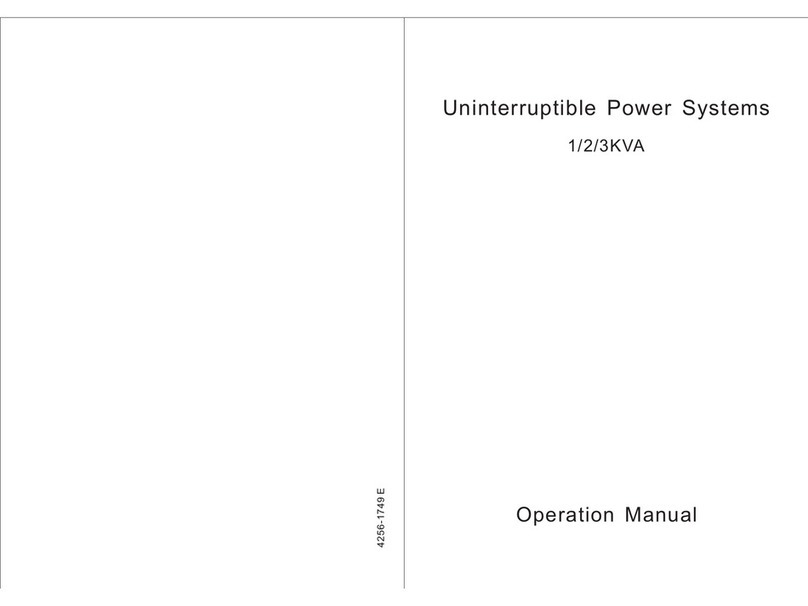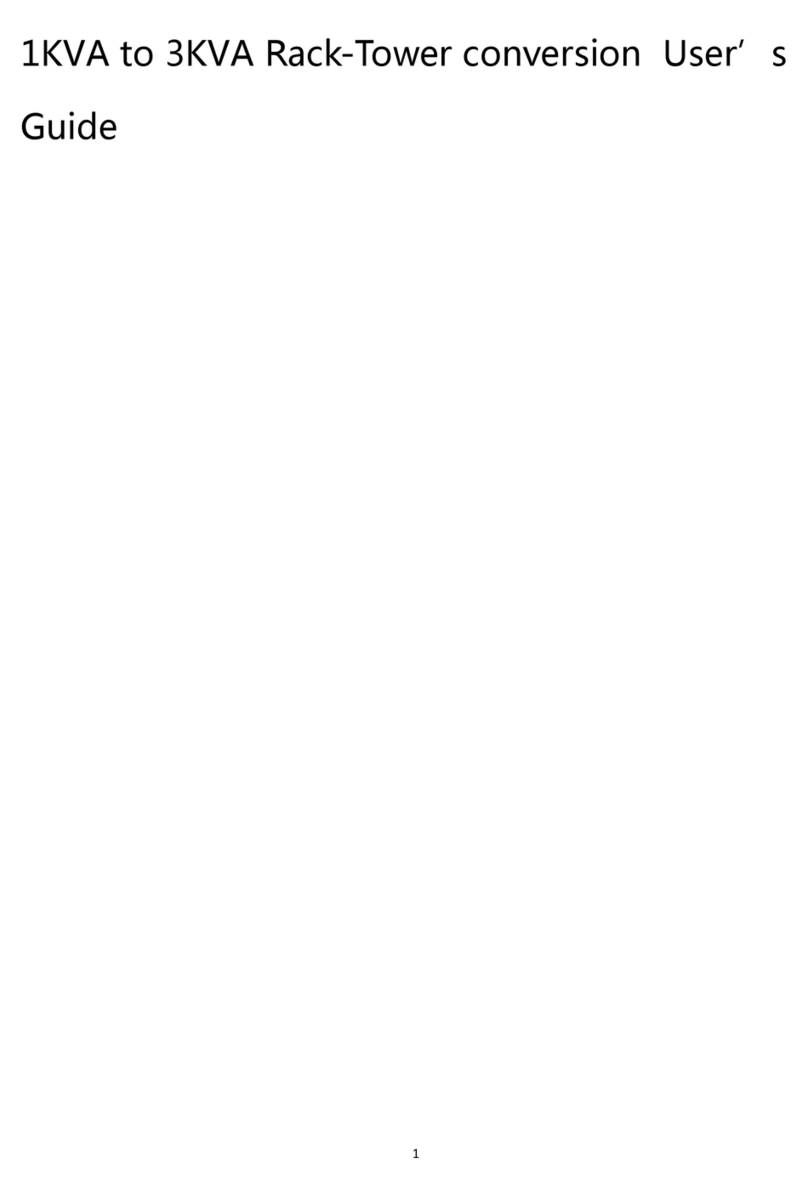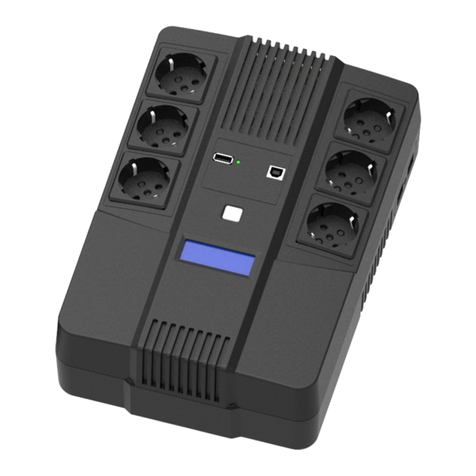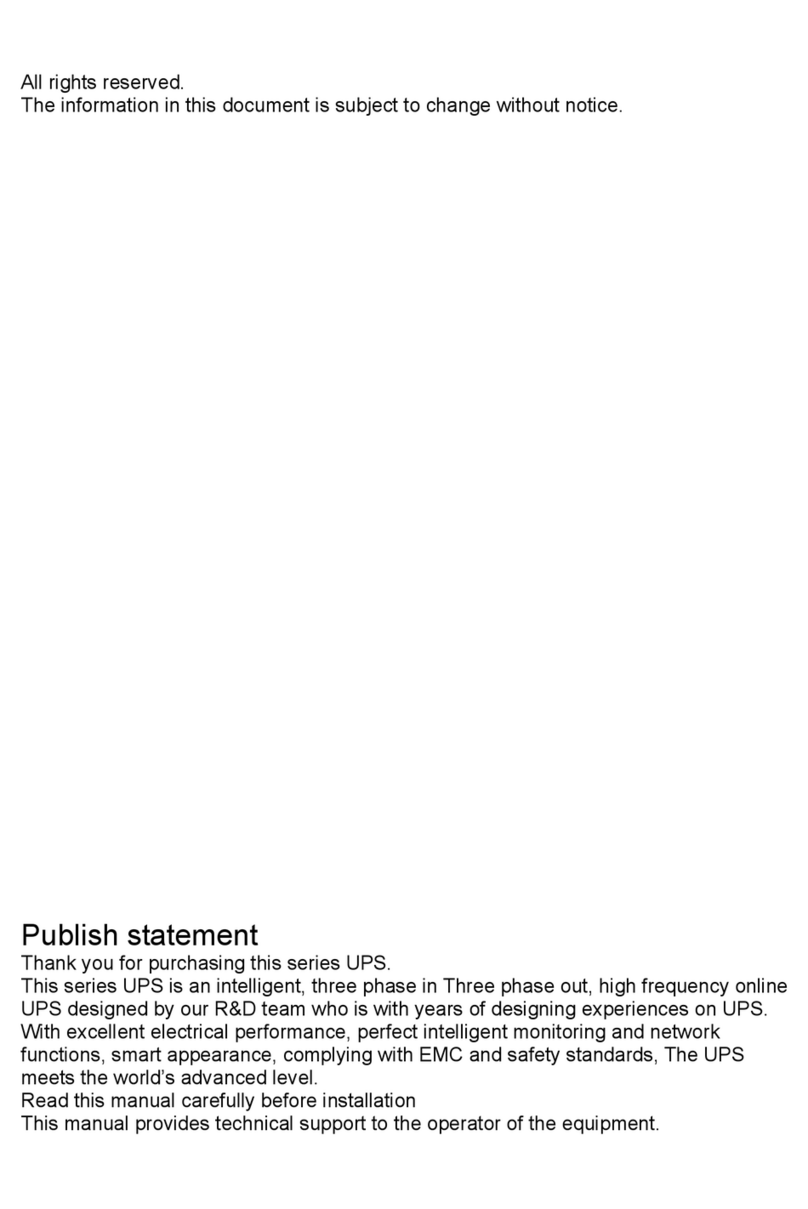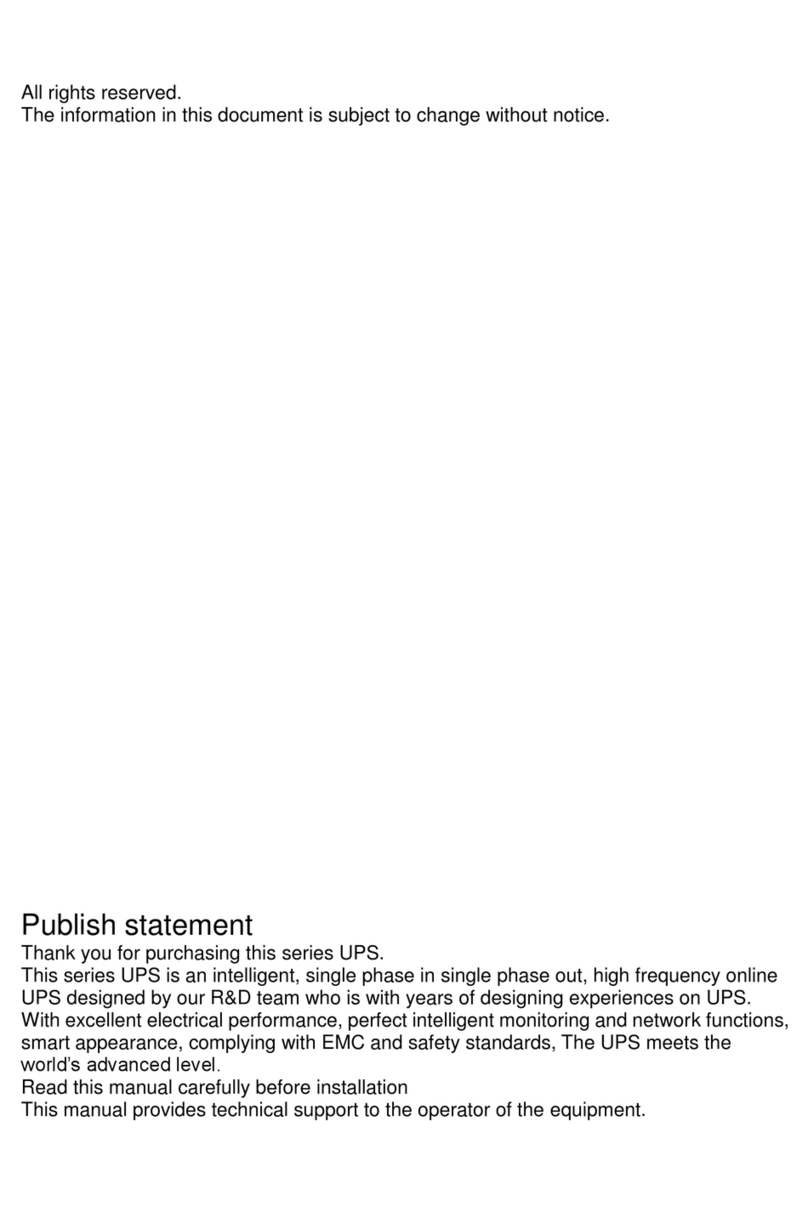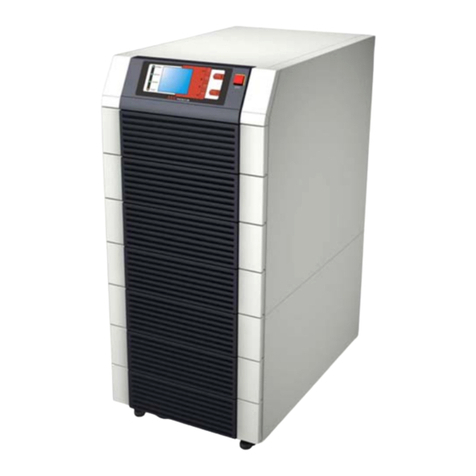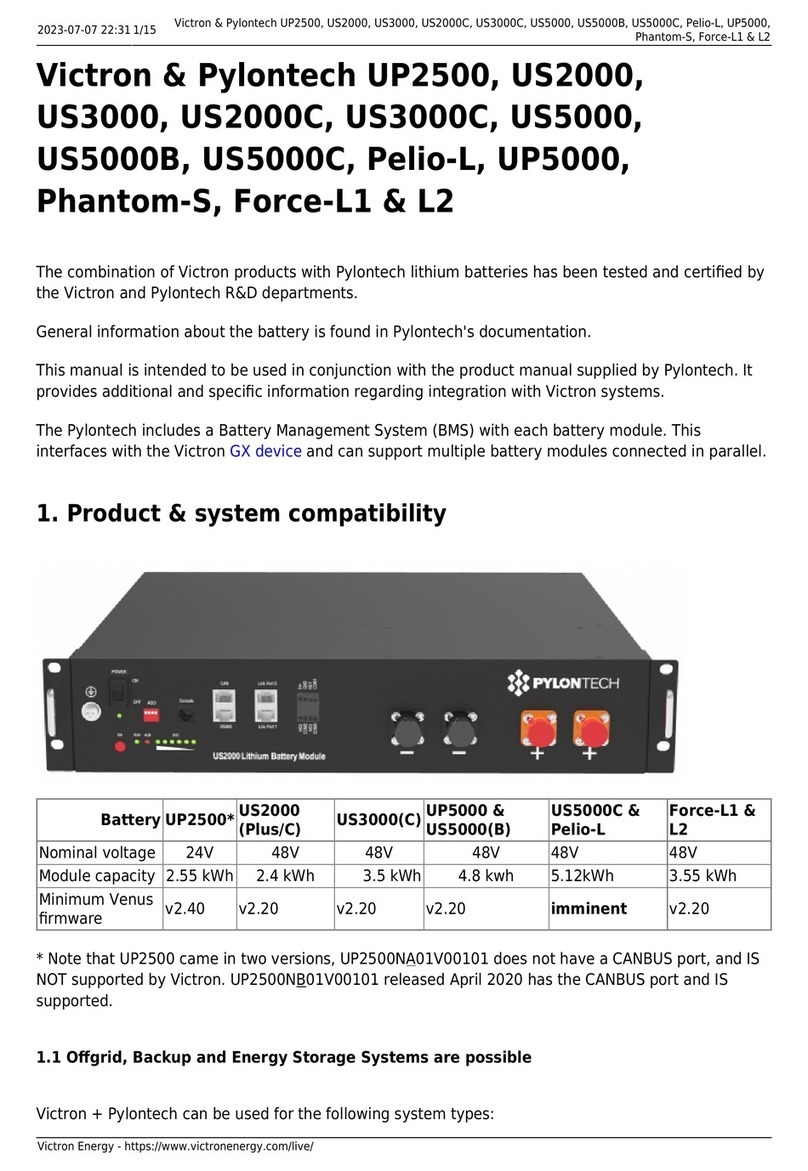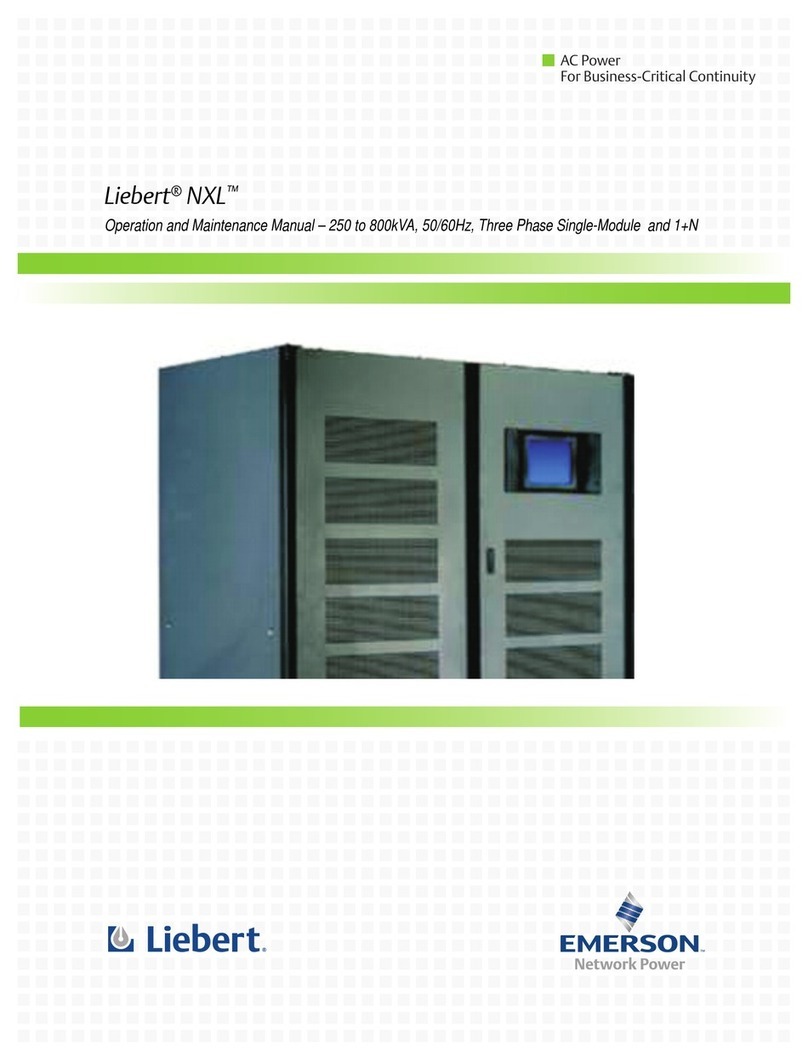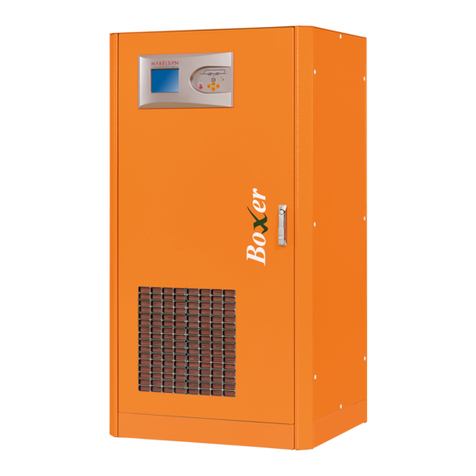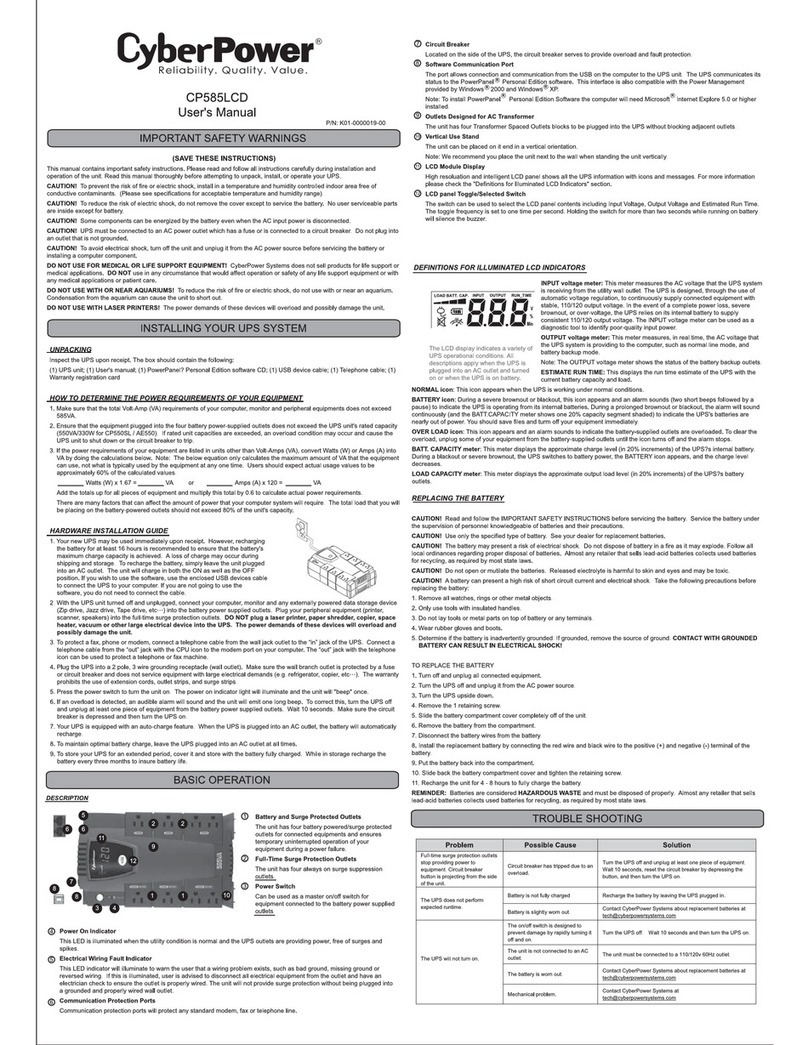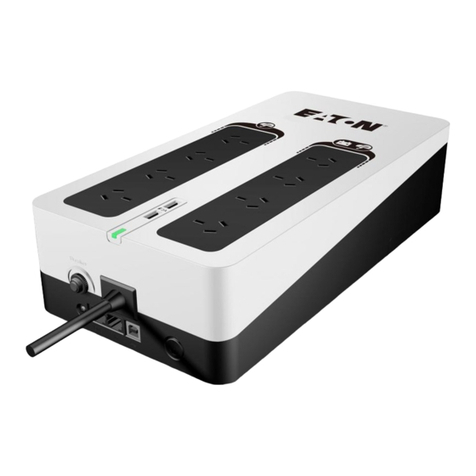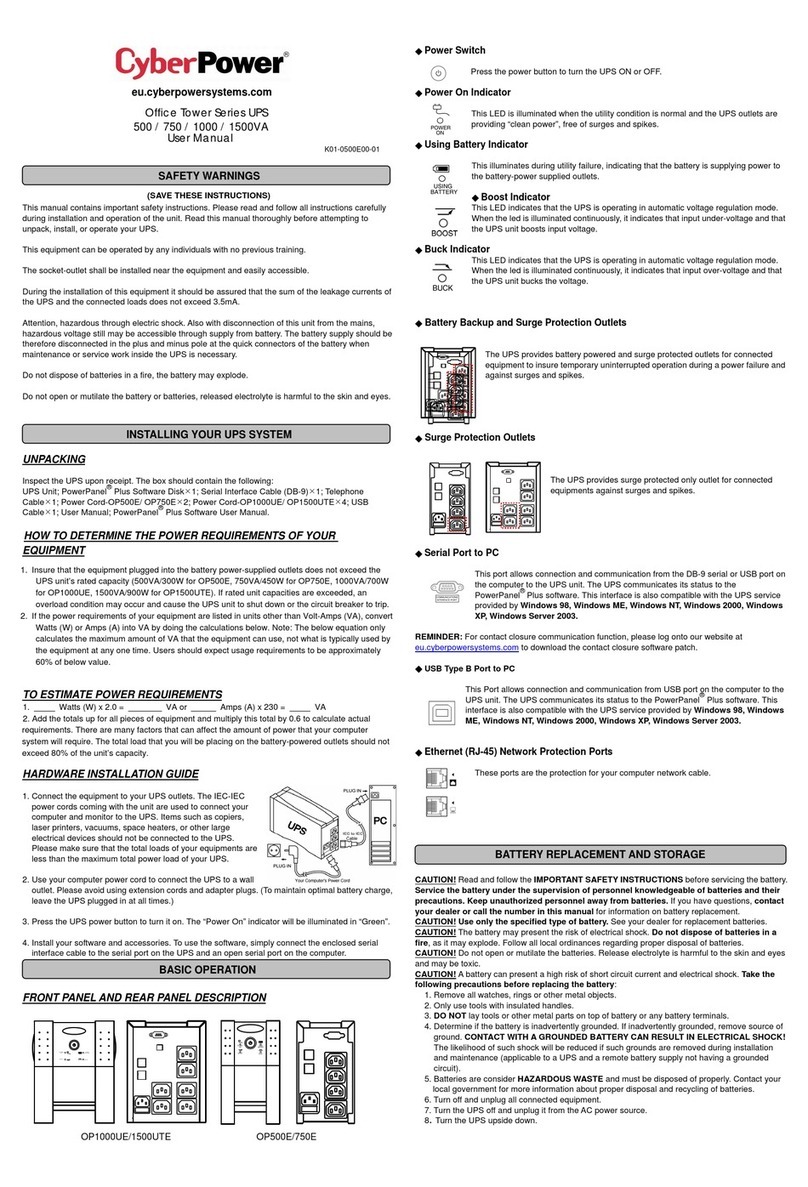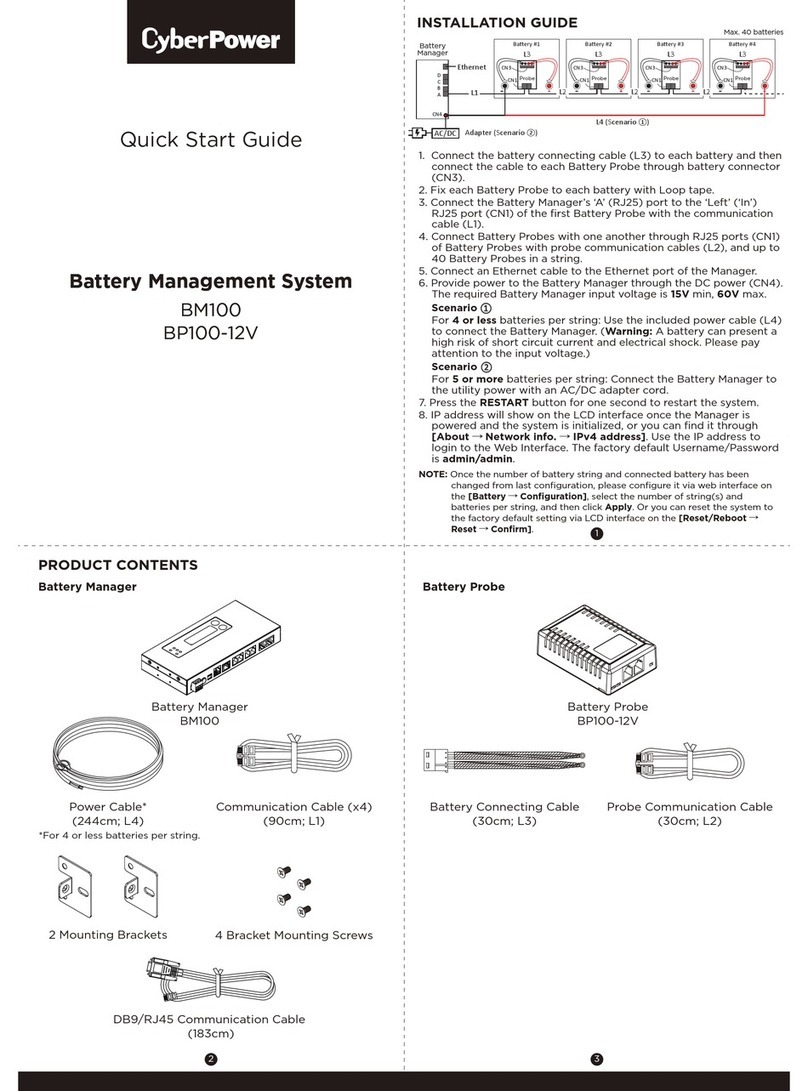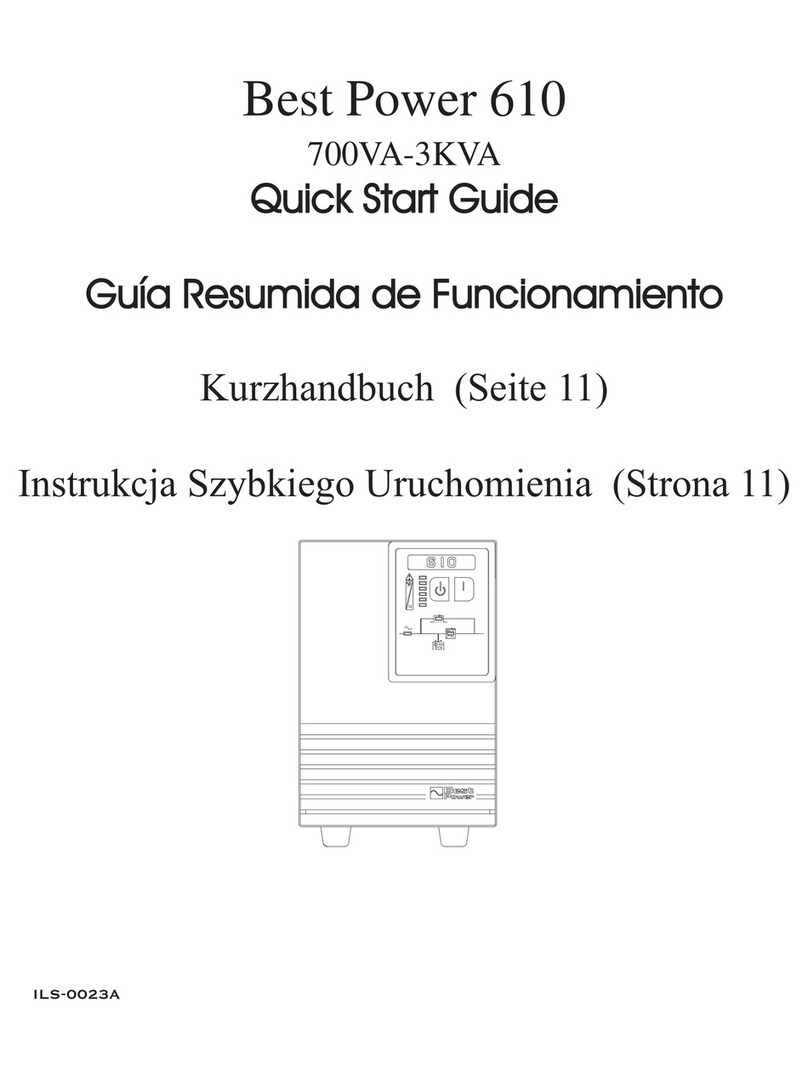
1
Contents
1
Safety.......................................................................................................................................2
1.1 Safety notes ....................................................................................................................................... 2
1.2 Symbols used in this guide............................................................................................................ 2
2
Main Features........................................................................................................................3
2.1 Summarization................................................................................................................................... 3
2.2 Functions and Features.................................................................................................................. 3
3
Installation..............................................................................................................................4
3.1 Unpack checking .............................................................................................................................. 4
3.2 The appearance of the product..................................................................................................... 4
3.3 UPS module appearance ................................................................................................................ 9
3.4 UPS Module LCD control panel................................................................................................... 10
3.5 Installation notes ............................................................................................................................ 10
3.6 External Protective Devices...........................................................................................................11
3.7 Power Cables................................................................................................................................... 12
3.8 Power cable connect...................................................................................................................... 12
3.9 Battery connection......................................................................................................................... 14
3.10 Online UPS Modules Replacement.......................................................................................... 16
3.11 UPS Multi
Module Installation................................................................................................. 16
3.11.1 Cabinet installation........................................................................................................... 17
3.11.2 Parallel cable installation ................................................................................................ 17
4
Operation..............................................................................................................................18
4.1 Operation Modes............................................................................................................................. 18
4.2 Turn on/off UPS............................................................................................................................... 18
4.2.1 Restart procedure................................................................................................................ 18
4.2.2 Test procedure ..................................................................................................................... 19
4.2.3 Black(Cold) start procedure.............................................................................................. 19
4.2.4 MAINTENANCE BYPASS ................................................................................................... 20
4.2.5 Shut down procedure......................................................................................................... 21
4.2.6 Startup procedure for parallel system ........................................................................ 21
4.3 The Display....................................................................................................................................... 22
4.3.1 System LCD dispay............................................................................................................. 22
4.3.2 UPS Module LCD display................................................................................................ 28
4.4 Display Messages/Troubleshooting........................................................................................... 34
4.5 Options.............................................................................................................................................. 39
Appendix 1 Specifications.....................................................................................................42
Appendix 2 UPS message table ...........................................................................................44
Appendix 3 Problems and Solution.....................................................................................48
Appendix 4 RS232 communication port definition .........................................................50
Appendix 5 USB communication port definition..........................
!
Appendix 6 RS485 communication port definition .........................................................51
Appendix 7 REPO instruction...............................................................................................52
